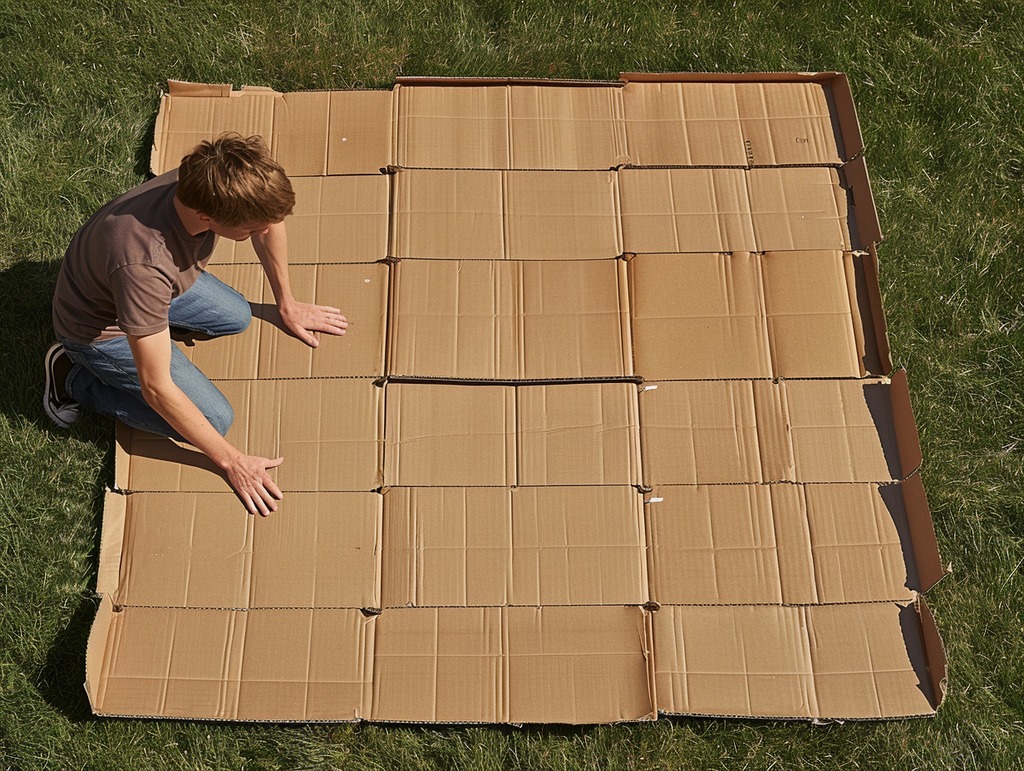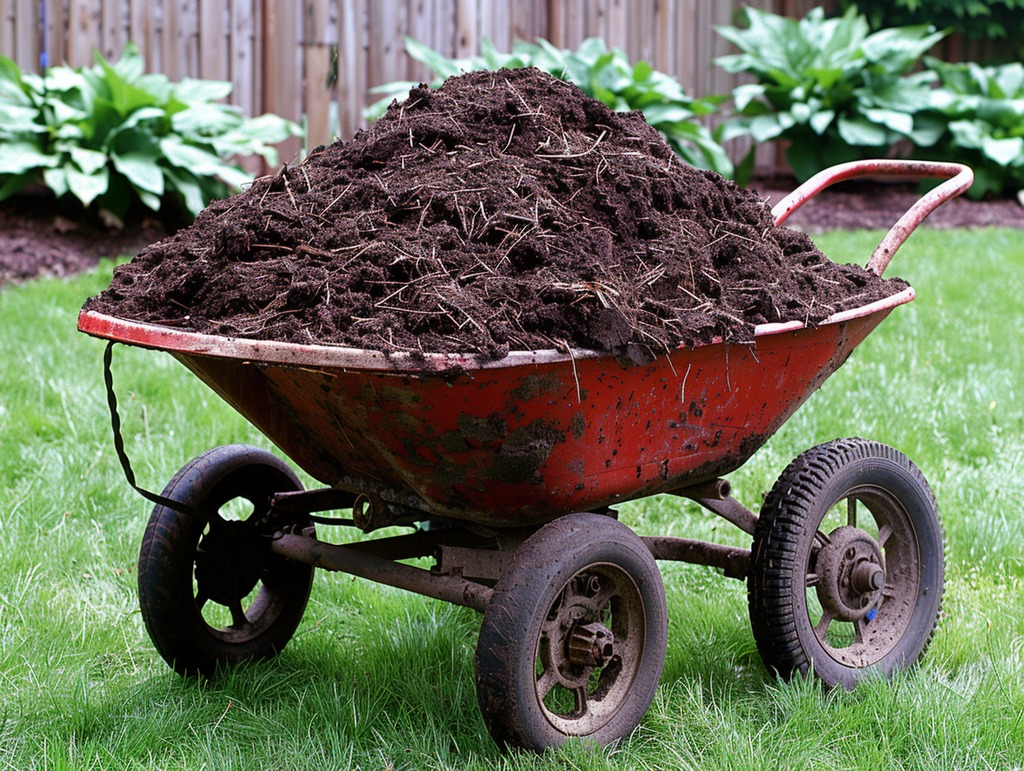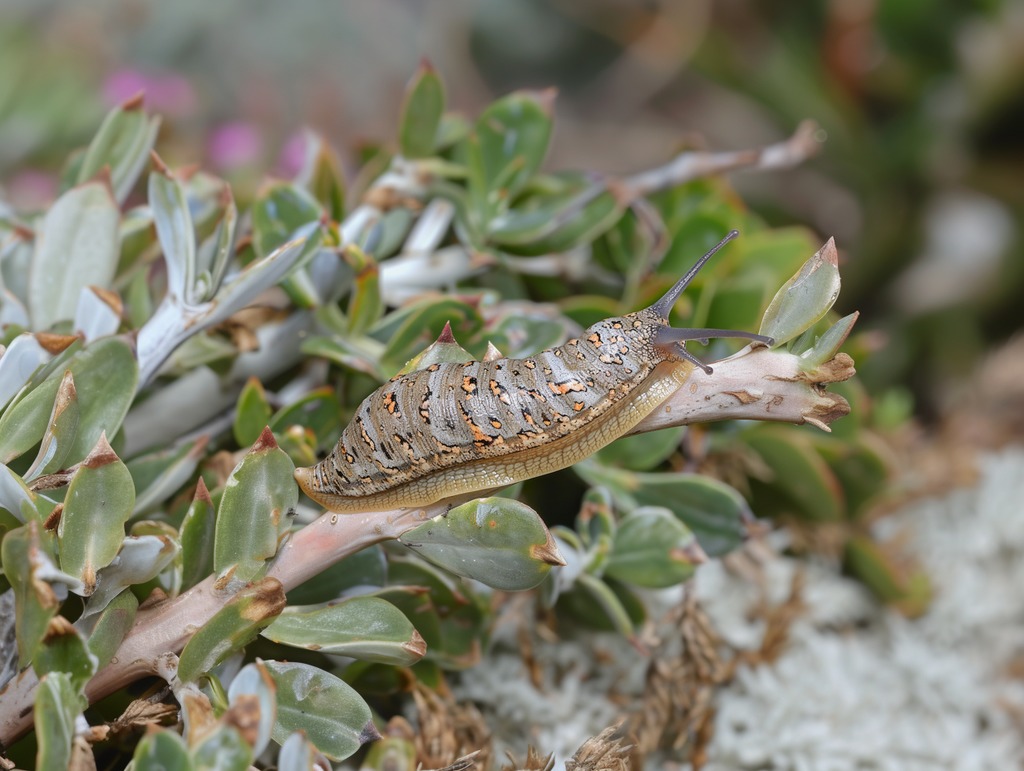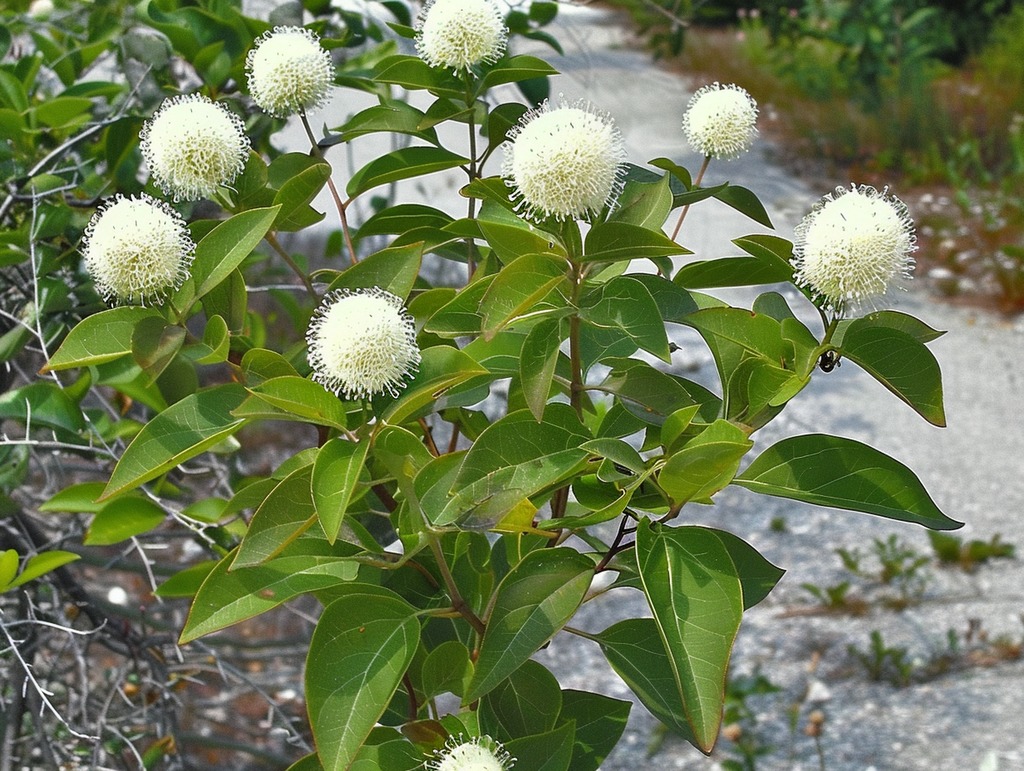“No-Dig” gardening is a revolutionary method that’s gaining popularity among gardeners for its simplicity and effectiveness. As the name suggests, this approach involves minimal to no digging of the soil. But why is this important, and how can it benefit your garden?
What is No-Dig Gardening?
No-dig gardening is a method where you create and maintain a garden without disturbing the soil through digging. Instead, organic matter is layered on the soil surface, allowing natural processes to improve soil structure and fertility.
How to Start a No-Dig Garden
Starting a no-dig garden is straightforward and doesn’t require expensive equipment. Here’s a step-by-step guide:
- Choose Your Site: Select a spot with adequate sunlight and drainage. Clear the area of any large debris or weeds. While no-dig gardening can be done with minimal hardscaping anywhere there is flat ground, many gardeners choose to build raised garden beds. So, you may want to try that.
- Layering Organic Matter: Begin with a layer of cardboard (matte, not shiny) or thick newspaper to suppress weeds. Water it well to help it break down. Next, add a layer of compost, followed by a layer of straw, leaves, or grass clippings. Alternate layers of compost and organic matter until you have a bed that’s about 12-18 inches high.
- Planting: To plant, simply create small holes in the top layer and insert your plants or seeds. The roots will grow through the layers into the soil below.
- Mulching: Add a layer of mulch on top to retain moisture and suppress weeds. Straw, wood chips, or shredded leaves work well.
- Maintenance: Continue to add organic matter regularly, such as compost or mulch, to maintain soil health and fertility.
Benefits of No-Dig Gardening
No-dig gardening offers numerous benefits for both the gardener and the environment:
- Soil Health: By not disturbing the soil, you preserve its natural structure, which promotes healthy soil life and improves fertility. Earthworms and beneficial microbes thrive, enhancing nutrient availability for plants.
- Weed Control: The layers of organic matter suppress weed growth, reducing the need for weeding. When weeds do appear, they’re easier to remove due to the loose soil structure.
- Water Conservation: Mulching helps retain soil moisture, reducing the need for frequent watering. This is especially beneficial in dry climates or during droughts.
- Less Labor Intensive: No more back-breaking digging! This method is less physically demanding, making gardening accessible to people of all ages and physical abilities.
- Biodiversity: A no-dig garden creates a diverse habitat for beneficial insects and microorganisms, contributing to a balanced and healthy ecosystem.
- Carbon Sequestration: By adding organic matter to the soil surface and avoiding soil disturbance, no-dig gardening helps sequester carbon, contributing to climate change mitigation.
Disadvantages of No-Dig Gardening
While no-dig gardening is praised for its numerous benefits, it’s essential to recognize that it also comes with certain challenges. Understanding these drawbacks will help you make an informed decision and better prepare you to address any issues that may arise.
Initial Setup Cost
One of the primary disadvantages of no-dig gardening is the initial cost. Creating a no-dig garden requires a significant amount of organic matter, such as compost, straw, and mulch. Depending on the size of your garden, this can add up quickly. While you can often source some materials for free (e.g., leaves, grass clippings), purchasing compost or mulch can be expensive.
Access to Organic Materials
Securing a steady supply of organic matter is crucial for maintaining a no-dig garden. If you don’t have a reliable source of compost, straw, or other materials, it can be challenging to keep up with the garden’s needs. This can be particularly problematic in urban areas where access to natural materials might be limited.
Pest Management
No-dig gardens can attract certain pests due to the layers of organic matter. Slugs, snails, and rodents might find the environment inviting. Managing these pests without disturbing the soil can be tricky. Using organic pest control methods, such as barriers, traps, or encouraging natural predators, is essential.
Soil Compaction
While no-dig gardening aims to improve soil structure, there’s a risk of soil compaction, especially in areas with heavy foot traffic. It’s important to design your garden with designated paths and avoid stepping on the garden beds to prevent compacting the soil underneath.
Weed Control Challenges
Although the layers of organic matter help suppress weeds, some persistent weeds can still find their way through. You might need to deal with tough, deep-rooted weeds manually, which can be labor-intensive.
Time and Patience
No-dig gardening requires patience. Building up layers of organic matter and waiting for them to decompose and improve the soil can take time. If you’re looking for immediate results, this method might not be the best fit. It’s a long-term approach that pays off over time.
Nutrient Imbalance
Without careful management, there’s a risk of nutrient imbalance. For example, adding too much high-carbon material like straw or wood chips without enough nitrogen-rich compost can lead to nutrient deficiencies. Regularly testing your soil and adjusting the balance of organic matter is essential.
Potential for Over-Mulching
Adding too much mulch can create a barrier that prevents water and air from reaching the soil. It’s important to use the right amount of mulch and ensure it’s spread evenly. Over-mulching can also create a habitat for pests and diseases.
Climate Considerations
In cooler climates, the decomposition process may be slower, affecting the availability of nutrients for your plants. Conversely, in very hot climates, maintaining adequate moisture levels can be challenging due to increased evaporation.
No-dig gardening, while beneficial in many ways, is not without its challenges. From the initial setup cost to pest management and nutrient balance, there are several factors to consider. However, with careful planning and management, these drawbacks can be mitigated. Understanding the potential disadvantages allows you to tackle them effectively, ensuring a healthy and productive garden.
Tips for Success in No-Dig Gardening
- Start Small: If you’re new to no-dig gardening, start with a small area or a few shrubs and bushes. This allows you to experiment and observe the results before expanding.
- Choose the Right Plants: Select shrubs and bushes that are well-suited to your climate and soil conditions. Native species often perform exceptionally well.
- Consistent Mulching: Ensure a consistent layer of mulch is maintained. This not only suppresses weeds but also continuously enriches the soil as it decomposes.
- Patience and Observation: No-dig gardening is a gradual process that builds soil health over time. Be patient and observe how your plants respond to the new method.
- Community Resources: Join local gardening groups or forums to share experiences and gather tips from other no-dig gardeners in your area.
Conclusion
No-dig gardening is an innovative and sustainable approach that benefits both gardeners and the environment. By understanding its principles and following the simple steps outlined, you can create a thriving garden with less effort and more enjoyment. Ready to transform your gardening experience? Give no dig gardening a try and watch your garden flourish!








